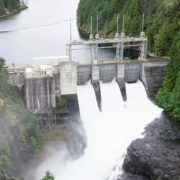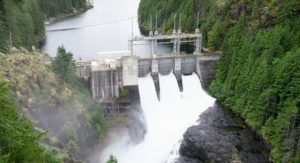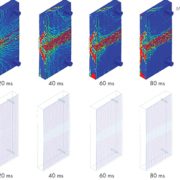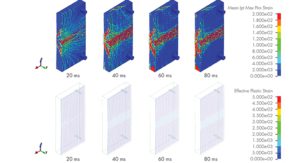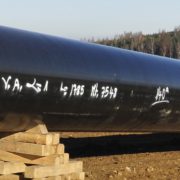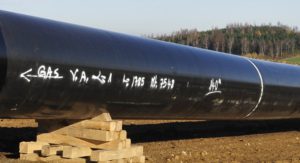Alumni Achievement Award
Structural Integrity’s Own Honored
Awarded to an alumnus/a for exceptional accomplishment and leadership in the nominee’s professional or vocational field, which brings distinction to themselves and honor to the university. The contribution(s) need not be publicly renowned but should represent important creative effort or accomplishment with significant impact and value.
Barry Gordon is one of the country’s leading experts in corrosion and materials issues in the nuclear power industry. Upon completing his undergraduate and graduate degree in metallurgy and materials science, he began his career with Westinghouse Electric’s Bettis Atomic Power Laboratory before joining GE Nuclear Energy in San Jose. Currently, Barry is an associate with Structural Integrity Associates, Inc. His professional accomplishments include four patents, more than 85 technical papers and reports, a PE in Corrosion Engineering and a Corrosion Society Fellow. He has served as an expert witness before the Advisory Committee on Reactor Safeguards and Atomic Safety Licensing Board. He also chaired and co-authored “Corrosion in the Nuclear Power Industry” for ASM Handbook, Volume 13C.
Active outside of his professional pursuits, Barry was the president of the Los Gatos Bicycle Racing Club, principal timpanist with the Saratoga Symphony. Barry’s relationship with his alma mater includes supporting two scholarships at CMU, serving as the San Jose chairperson of the CMU Admission Council and being an active member of the Andrew Carnegie Society and a lifetime member of the Order of the May.




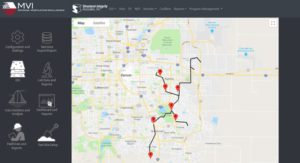 On October 1, 2019, the Pipeline and Hazardous Materials Safety Administration (PHMSA) published amendments to 49 CFR Parts 191 and 192 in the Federal Register, issuing Part 1 of the Gas Transmission Mega-Rule or “Mega-Rule 1”.
On October 1, 2019, the Pipeline and Hazardous Materials Safety Administration (PHMSA) published amendments to 49 CFR Parts 191 and 192 in the Federal Register, issuing Part 1 of the Gas Transmission Mega-Rule or “Mega-Rule 1”.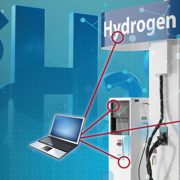
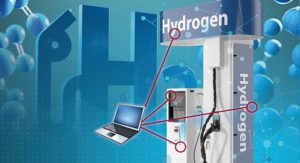
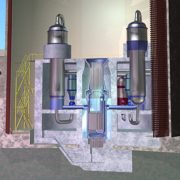
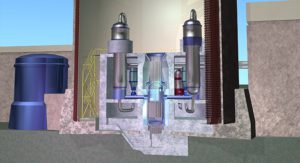 The integrity of the nuclear reactor pressure vessel is critical to plant safety.
The integrity of the nuclear reactor pressure vessel is critical to plant safety.